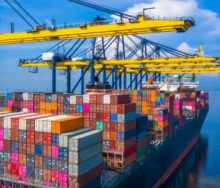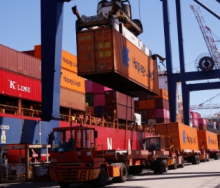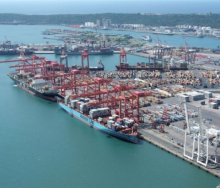While there has been a return in production of reefer container equipment, availability will remain tight over the next few years, which will impact shipping capacity supply and freight rates at seasonal peaks, according to maritime analyst, Drewry.
The company’s latest ‘Reefer Shipping Annual Review and Forecast 2019/20’report, highlights that after the “dramatic halt” in reefer equipment expenditure by cash-strapped shipping lines in 2016 – which led to acute shortages in several regions –
production of new refrigerated container equipment recovered during 2017 and continued to gather pace in 2018.
Drewry expects the reefer container equipment fleet to maintain a compound annual growth rate (CAGR) of 4.5% over the next five years which is slightly ahead of anticipated growth in containerised cargo traffic but will not be sufficient to bring supply back into equilibrium.
The analyst highlighted that, by contrast, there remained ample supply of containership reefer slot capacity on most trades, though certain routes with a high proportion of reefer cargo could experience tight space during seasonal peaks.
“While we expect container carriers to continue to improve the effective availability of reefer containers through more centralised inventory and imbalance management, Drewry’s data indicates that equipment supply conditions will remain tight,” said Drewry’s director of research products, Martin Dixon.
“With cargo owners increasingly reliant on container carriers to move perishable products, given the ongoing decline in the specialised breakbulk reefer shipping fleet, refrigerated shipping capacity could be constrained during seasonal peaks.”













